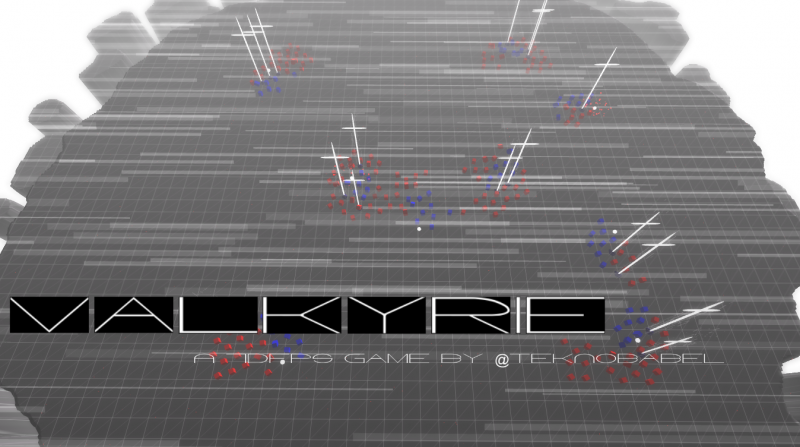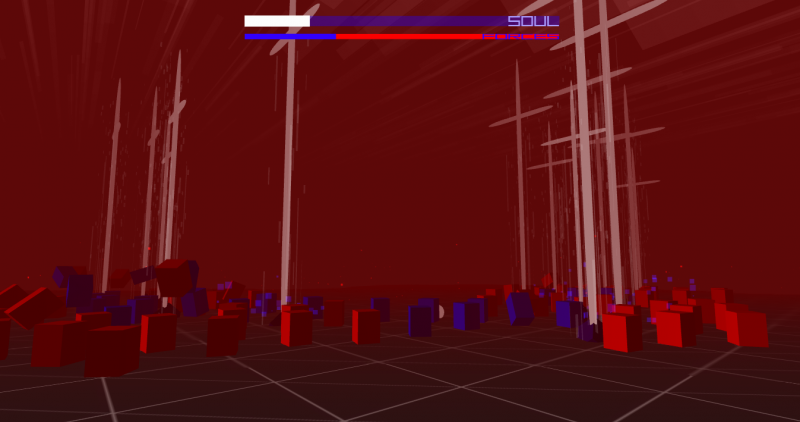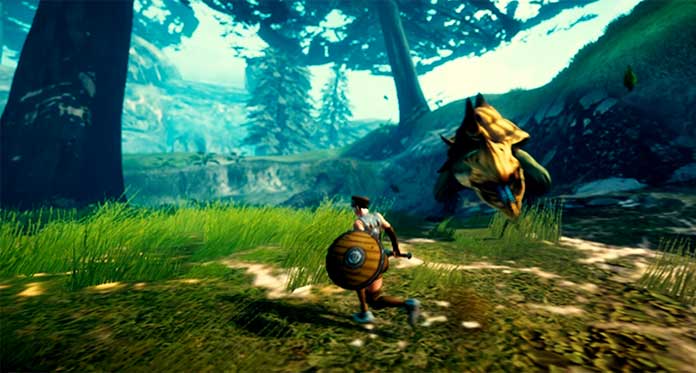2D Toolkit added some gui components a couple revisions ago. While it isn't as thorough as NGUI, it's probably good enough for a lot of interfaces, with the bonus of tying together with the base sprites cleanly.
Cool to know! I've been playing more with NGUI as of late, and hadn't really been using 2DTK as much in that regard. I had been waiting for NGUI to go on sale, and jumped on it immediately when it did a month or so ago. Same with 2D Toolkit.
Eventually, Unity's own built-in GUI will get something of an overhaul, since they hired the NGUI developer last year, presumably to do just that. Didn't want to wait that long, though!















